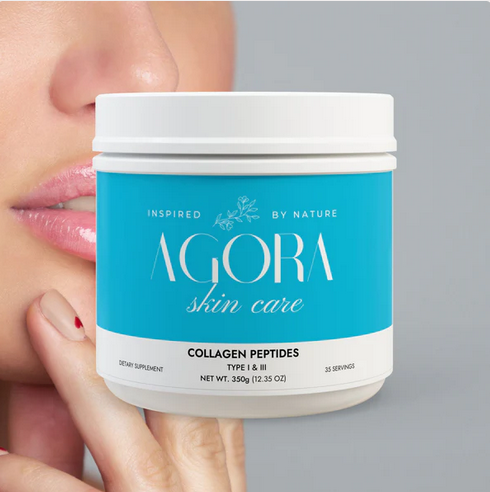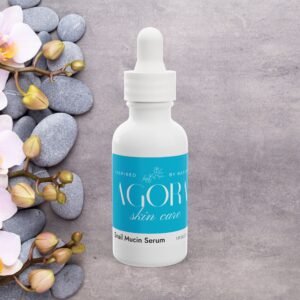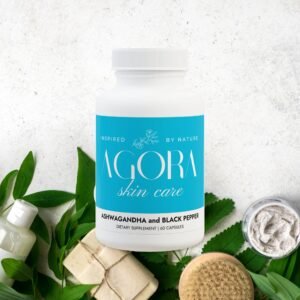Understanding Collagen Type I: What It Is and How It Functions
Collagen Type I is the most abundant collagen in the human body, accounting for roughly 90% of the collagen found in skin, hair, nails, bones, tendons, ligaments, and teeth. It plays an essential role in maintaining the structure and strength of these tissues. The molecular structure of Collagen Type I is composed of three polypeptide chains, which together form a triple helix. This unique configuration imparts significant tensile strength and resilience to tissues.
The primary function of Collagen Type I is to provide structural support. In the skin, it contributes to firmness and elasticity, effectively reducing the appearance of wrinkles and sagging. In bones and tendons, it ensures rigidity and tensile strength, aiding in the body’s overall mobility and physical endurance. Within the nails and hair, Collagen Type I contributes to their smoothness and resistance to breakage.
Biologically, the production and degradation of Collagen Type I are tightly regulated. Fibroblasts are the main cells responsible for synthesizing collagen in the skin, whereas osteoblasts are responsible in bones. As we age, the rate of collagen production diminishes, which can lead to decreased skin elasticity and bone density. Conversely, enzymes known as collagenases break down collagen, a process accelerated by environmental factors such as UV radiation and pollution.
Collagen Type I differs significantly from Types II and III, in terms of both structure and function. Type II collagen is predominantly found in cartilage and is essential for joint health, providing cushioning and lubrication. Type III collagen, often found alongside Type I, contributes to the structural integrity of organs and large blood vessels. What distinguishes Collagen Type I is its exceptional tensile strength, which makes it indispensable for the integrity of load-bearing tissues.
Understanding the unique properties of Collagen Type I provides significant insights into its critical roles in the human body and highlights its importance in maintaining overall health and well-being.
Health Benefits and Natural Sources of Collagen Type I
Collagen Type I plays a pivotal role in maintaining the structural integrity of our skin, hair, nails, and connective tissues. One of its most talked-about benefits is its ability to improve skin elasticity and hydration. Regular intake of Collagen Type I can lead to a noticeable reduction in wrinkles and fine lines, contributing to a more youthful appearance. Beyond aesthetics, this essential protein is also crucial for hair and nail strength, helping to prevent breakage and promoting overall growth.
Joint health is another significant area where Collagen Type I shows promise. It aids in the regeneration of cartilage and can alleviate symptoms associated with aging joints, such as pain and stiffness. Enhanced bone density is a further advantage; Collagen Type I provides the necessary scaffolding for bone mineralization, reducing the risk of fractures and osteoporosis. Moreover, its role in wound healing and tissue repair cannot be overstated. Adequate collagen levels expedite the repair process post-injury, ensuring faster healing of wounds and scars.
Obtaining Collagen Type I naturally from dietary sources is highly feasible. Bone broth stands out as an excellent source, enriched with a bioavailable form of collagen that the body can easily absorb. Fish, especially those rich in omega-3 fatty acids, and chicken are other valuable sources. Egg whites, known for their high protein content, also provide a significant amount of Collagen Type I. These foods not only bolster collagen levels but come with additional nutrients that support overall health.
Comparatively, specific collagen supplements can offer a concentrated dose of Collagen Type I. These supplements, often available in powder, capsule, or liquid form, can be an effective addition to a balanced diet. Research suggests that the bioavailability of collagen from these supplements is quite high, enabling faster absorption and utilization by the body. Such heightened bioavailability ensures that the health benefits, from enhanced skin texture to robust joint function, are reaped more efficiently.










